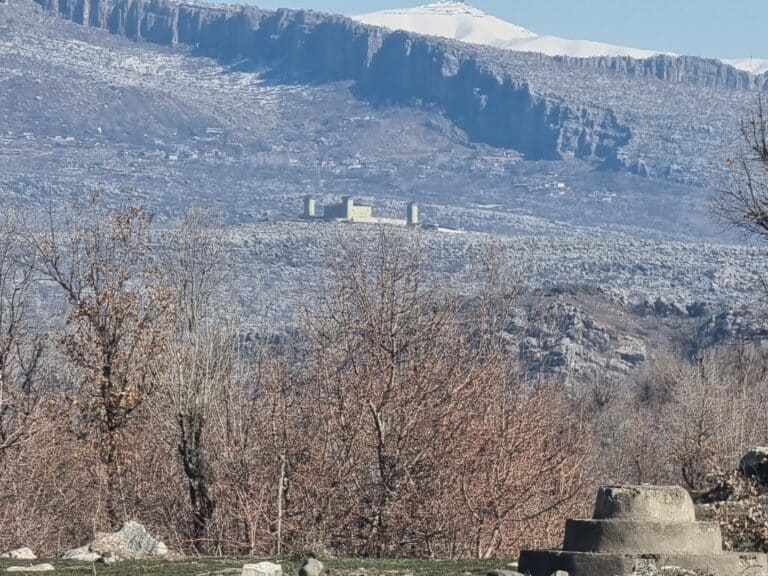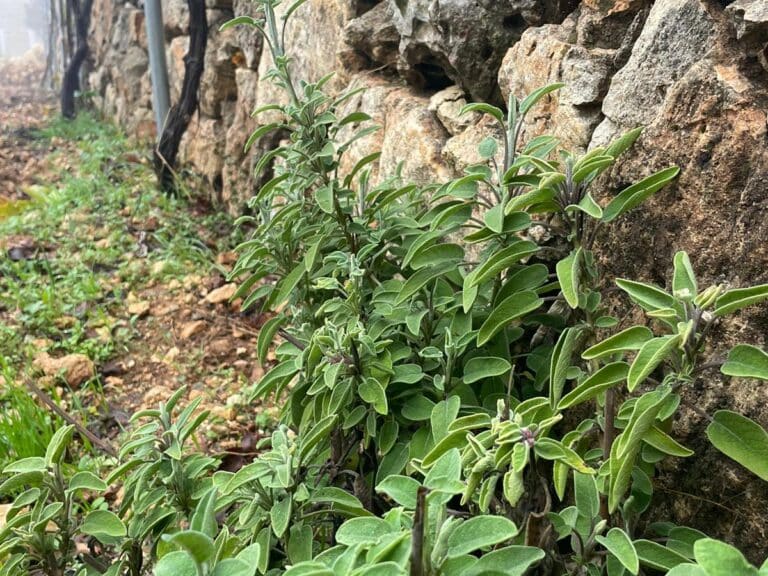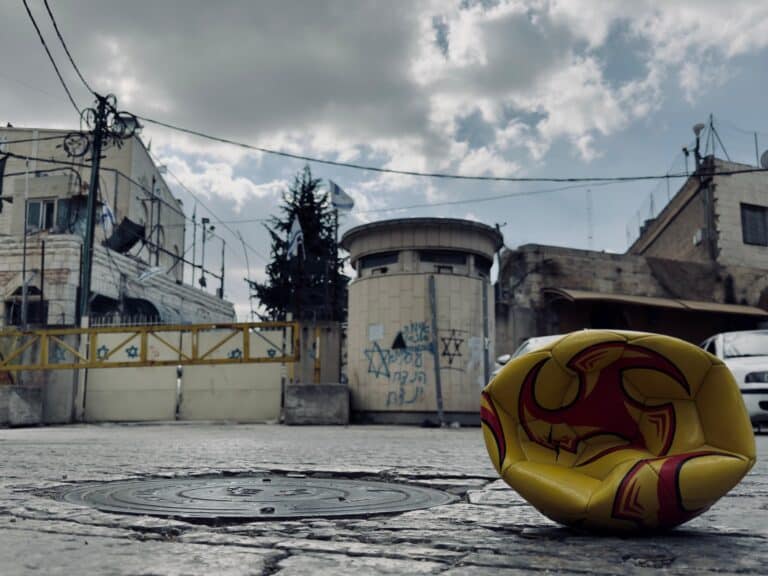Embedded in the fabric of the Palestinian narrative is the symbol—and the material—of the canvas tent. These refugee tents have become an indelible part of the collective consciousness, embodying the lived experiences of a people caught in the tumultuous currents of history. The tent reminds Palestinians of the profound impact of the Nakba, an event that carries the weight of historical injustice, displacement, and a haunting sense of loss. Within the folds of these makeshift shelters, one finds the echoes of a people grappling with identity, belonging, and the stark reality of a fractured homeland.
Amidst the vast expanse of Palestinian history, the recurring theme of refugee tents signifies not just physical structures but emotive markers that represent the dichotomy of Palestinian sentiments. To the dispossessed, these tents are companions in a journey fraught with uncertainty, offering a semblance of stability in the face of adversity. Yet, simultaneously, they embody the painful paradox of being both a friend and a relentless reminder of the anguish associated with leaving one’s home and homeland.
As the canvas of this narrative expands, the refugee tents emerge as poignant symbols, reflecting the enormity of the pain experienced by a people forced into displacement. This pain reverberates whether on the ancestral soil of Palestine or within the diaspora, amplifying the disconcerting reality of seeing one’s home demolished, the obstructions that make it impossible to build on familiar land, and the desperate quest for a sanctuary for one’s family.
An agonizing tableau unfolds in Gaza today, where citizens, driven by the harrowing onslaught of aerial bombardments, tank shelling, and gunboat attacks, embark on a treacherous journey into the unknown, seeking refuge where safety is elusive. Mosques and churches, initially perceived as sacred sanctuaries and protected by international law, are tragically transformed into targets of destruction, leaving behind a landscape scarred by the ruins of 380 mosques and three ancient churches that were bombed by Israeli airstrikes during the ongoing war.
Hospitals and schools operated by the United Nations which were also presumed bastions of safety, fall prey to the relentless bombings as well, underscoring the grim reality that acts which have been deemed forbidden internationally become permissible for the occupying force. The international community, often relegated to the role of passive observers, witnesses the plight of the Palestinian people without holding the occupying force accountable, with the right of veto shielding perpetrators from international condemnation.
This agonizing flight from danger to assumed places of refuge, be it hospitals, schools, or houses of worship, only exacerbates the cycle of displacement and uncertainty. The journey, undertaken in pursuit of safety, culminates in the harsh reality of living in tents buffeted by winter winds, soaked by relentless rain, and devoid of basic necessities like potable water, food, and medicine.
Embed from Getty ImagesThese flimsy tents emblazoned with emblems of impartiality also represent the ineffectiveness of the international institutions and international law which do little to protect displaced Palestinians from bombs or adverse weather conditions. They serve as a silent witness to the multifaceted challenges that have defined the Palestinian experience for an astounding 76 years of horrible suffering, displacement, and killing, but flounder in bias and are rendered useless under veto power. Despite the construction of hundreds of tents and the displacement of almost an entire population, international law remains passive, failing to prevent these ongoing atrocities.
The elderly, bearing witness to multiple waves of displacement, draw parallels between the present predicament and the horrors of historical Nakbas. Memories of tents and refugee camps during times of Zionist aggression resurface, as they mournfully declare that the current state of affairs surpasses even those dark chapters during 1948 and 1967 and every massacre that’s had happened for the Palestinians.
As displaced individuals desperately seek tents as the sole available means of shelter, the biting cold of winter becomes an additional layer of suffering. The majority of these tents, ill-equipped for cold climates, offer a meagre defence against the relentless elements. In the throes of war, possessing a tent becomes not just a stroke of luck but a symbol of survival, providing a fragile shield under which families huddle for warmth amidst the chaos.
Within the confines of these fragile shelters, fathers embrace their children in a desperate attempt to ward off the biting cold of winter. The canvas of the tent bears witness to heart-wrenching tales, where hungry children and ailing bodies bear the toll of occupation-induced exhaustion. In this fragile sanctuary, the dreams of families may have been shattered, but a resilient spark of hope and an unwavering love for the homeland endure, promising to rebuild what has been lost in the latest catastrophe.






